What in the World is “Wordle”?
Originally created by Josh Wardle, “The New York Times” word game has been slowly gaining popularity over the past few months. Why is it so trendy?
“Wordle” players are given six tries per day to guess a five-letter word. Everyday there is a different word for players to strategically guess.
April 1, 2022
Freshman Avery McCracken turns on their phone first thing in the morning and goes to “Wordle – The New York Times.” In front of them is a keyboard where they will enter in their starter word: weary. Within the word, one letter highlights green while two others become yellow. After the first word, they have five tries left and one of the colors will show up on each letter. If gray, that letter is not in the word; if yellow, it is in the word but not in the correct place; if green, the letter is in the right place. They switch around the letters, using context clues until finally, at the last try, they succeed.
The game can get competitive between peers and family, which could contribute to why it rose to fame. “My family thinks they’re better than me, so every single day I challenge them to “Wordle” to feel superior,” McCracken said, “I need to be better than them and get more ‘Wordles’ than them.”
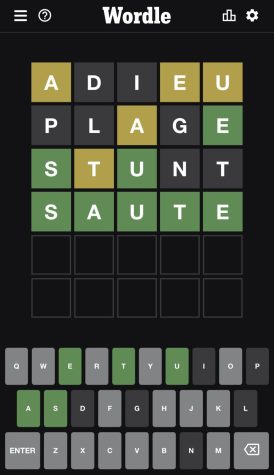
Software engineer Josh Wardle released his famous game back in Oct. 2021. On Jan. 31, the New York Times bought the game and stated they purchased the “Wordle” “in the low seven figures.” Since the end of 2021, the game has gained millions of daily players. Previous “Wordle” words have been as common as “movie,” “tiger,” and “panic,” or as obscure as “knoll,” “cynic,” or “proxy.”
From a survey of 162 students who play “Wordle,” 38.3% of Rock Ridge students play “Wordle” everyday, 18.5% play it five to six times a week, 22.8% play it three to four times a week, and 20.4% play it one to two times a week.
The survey also shows that 75.3% of “Wordle” players play for fun or entertainment, while only 26.5% do it to widen their vocabulary or learn new words. 49.9% of them may also do it for miscellaneous reasons.
Some may say this is a luck-based game, while others use strategies, such as starting with words chock-full of vowels, like “adieu” or “irate.” Sophomore Arjun Seshadri begins by finding vowels as a main strategy. “I use ‘route.’ If that doesn’t work, I use adieu, and it usually has good vowels,” Seshadri said. “That may be one of the biggest strategies, but there are still others.”
Along with using many vowels, freshman Jessica Valdov tries to use many different letter combinations. “Use as many words with different letters as possible; [don’t] repeat words or repeat letters as much if you’re [trying to] figure out the word.”
Although “Wordle” is a game meant to be played once a day, users can challenge themselves to past “Wordles” on the “Wordle” Archive. In addition, there are also similar games like “Wordle 2,” which has the same concept as Wordle except it uses six-letter words. Players can also build up a streak to show how many past ¨Wordles¨ they’ve gotten correct. The competitive and strategic nature of these games continue to make them favorite pastimes of students and community members alike.




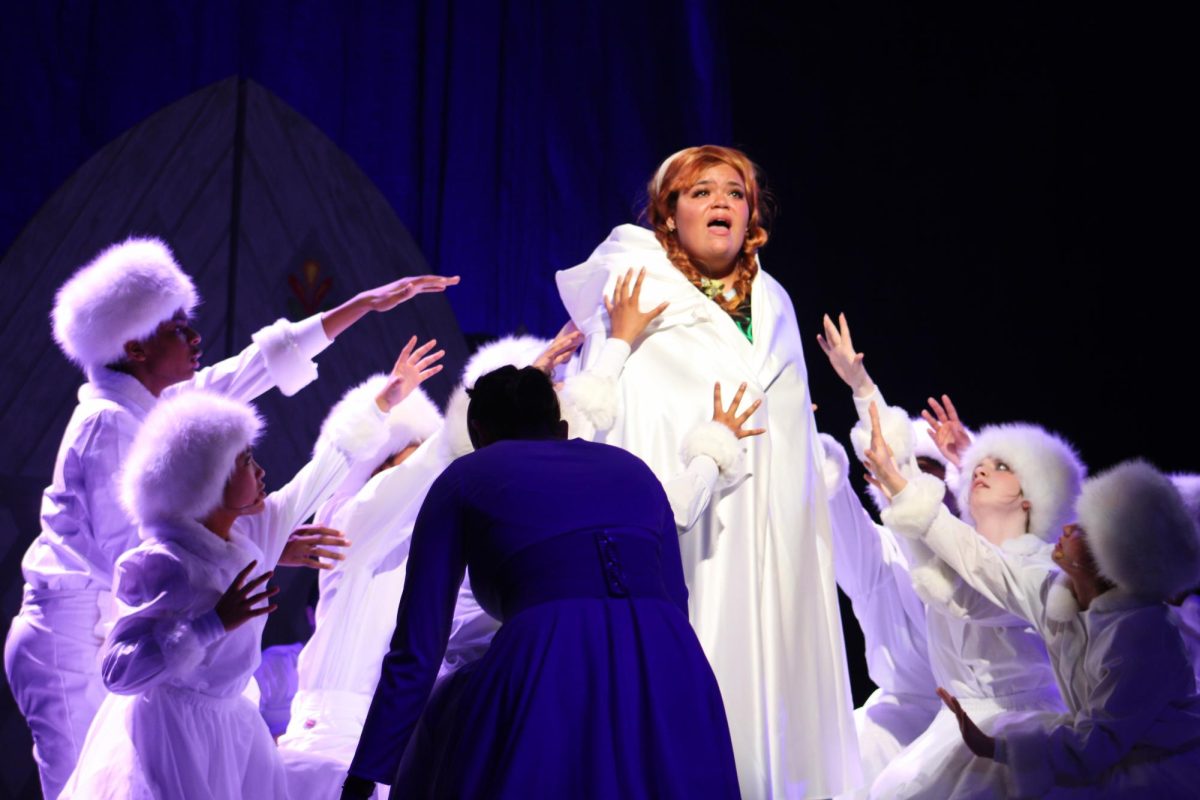


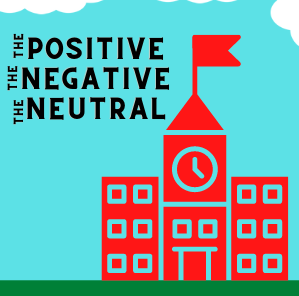












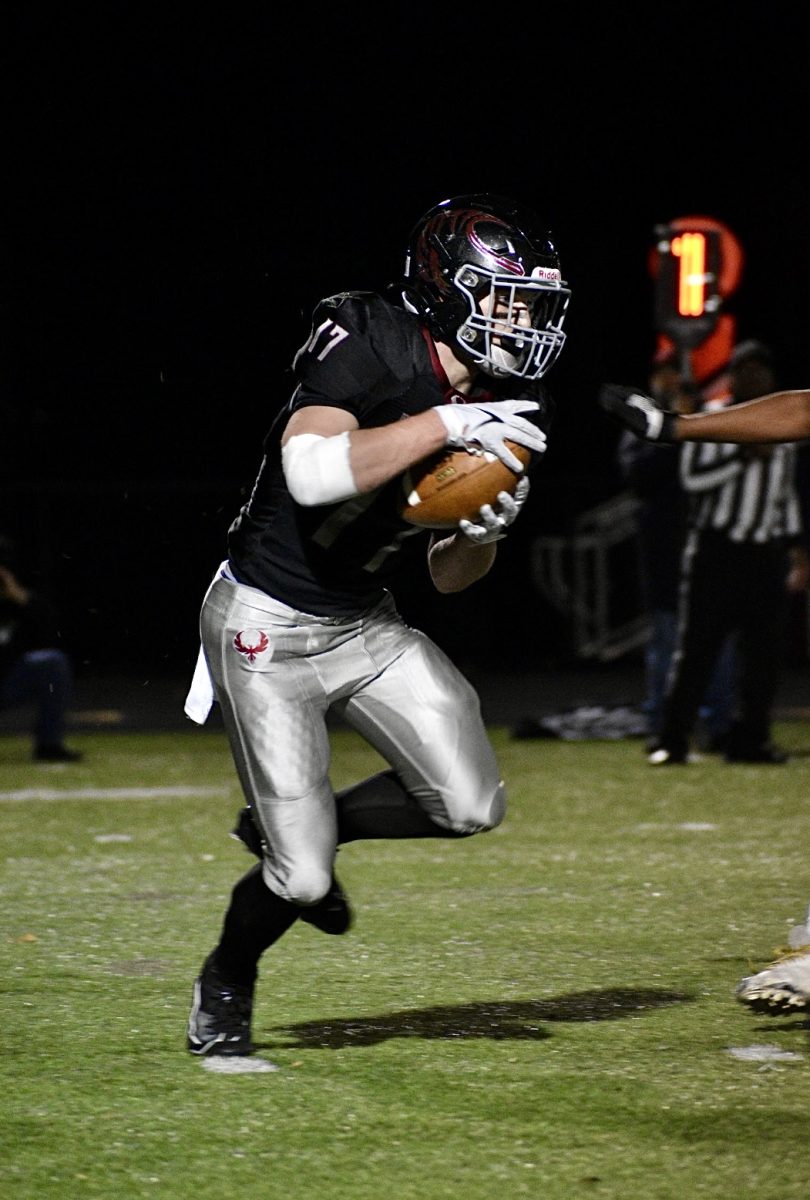
![Held up by a group of cheerleaders, flyer sophomore Leyu Yonas poses as part of a stunt, also supported by flyer junior Shayne Mitchell behind her. (Left) Prior to the pink out football game on Oct. 13, the athletes practiced in the aux gym from 5 p.m. to 6:30 p.m. (Right) On Oct. 19, the cheerleaders competed in their District Championships at Woodgrove High School. “We definitely put all our effort on the mat [at Districts], and it showed,” Mitchell said. Left: Photo by Nadia Shirr. Right: Photo by Steve Prakope via Victor O’Neill Studios.](https://theblazerrhs.com/wp-content/uploads/2023/11/feature-image-1200x823.png)
![Sophomore Xavier Smith (6), the Phoenix quarterback, runs the ball as his teammates help hold up the defense. “My [offensive] line collapses, so I just [have to run], and its a good way to get first downs because [Tuscarora’s] defense was really good,” Smith said.](https://theblazerrhs.com/wp-content/uploads/2023/11/IMG_5383-1200x897.jpg)
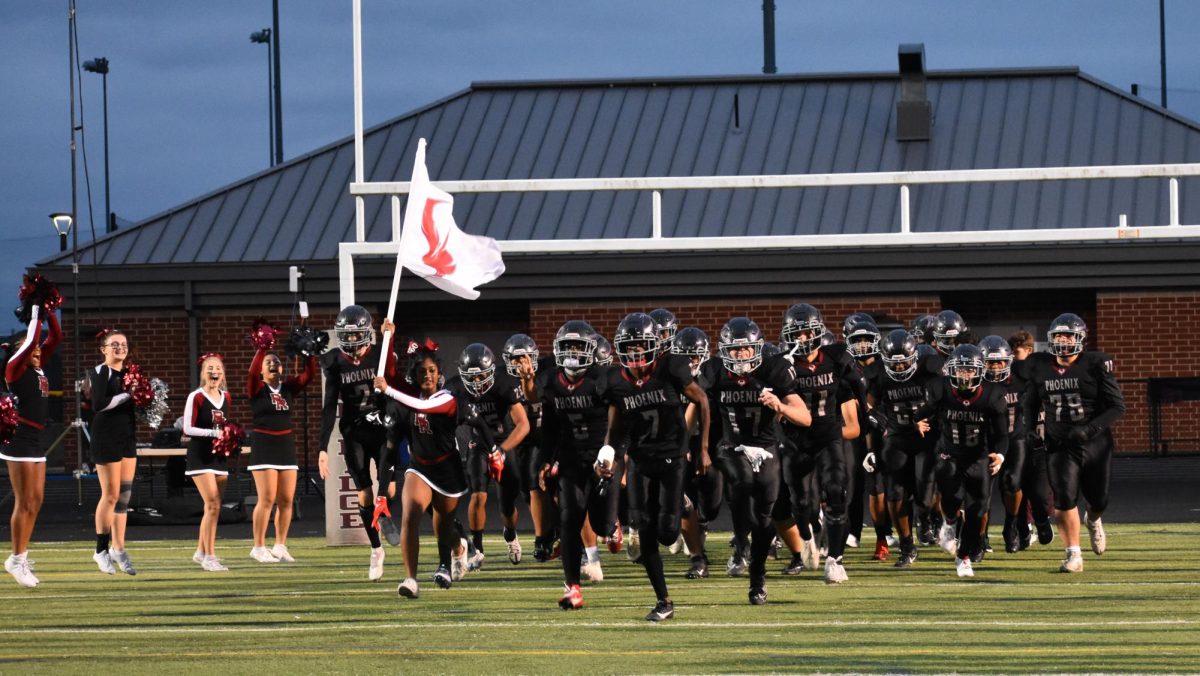
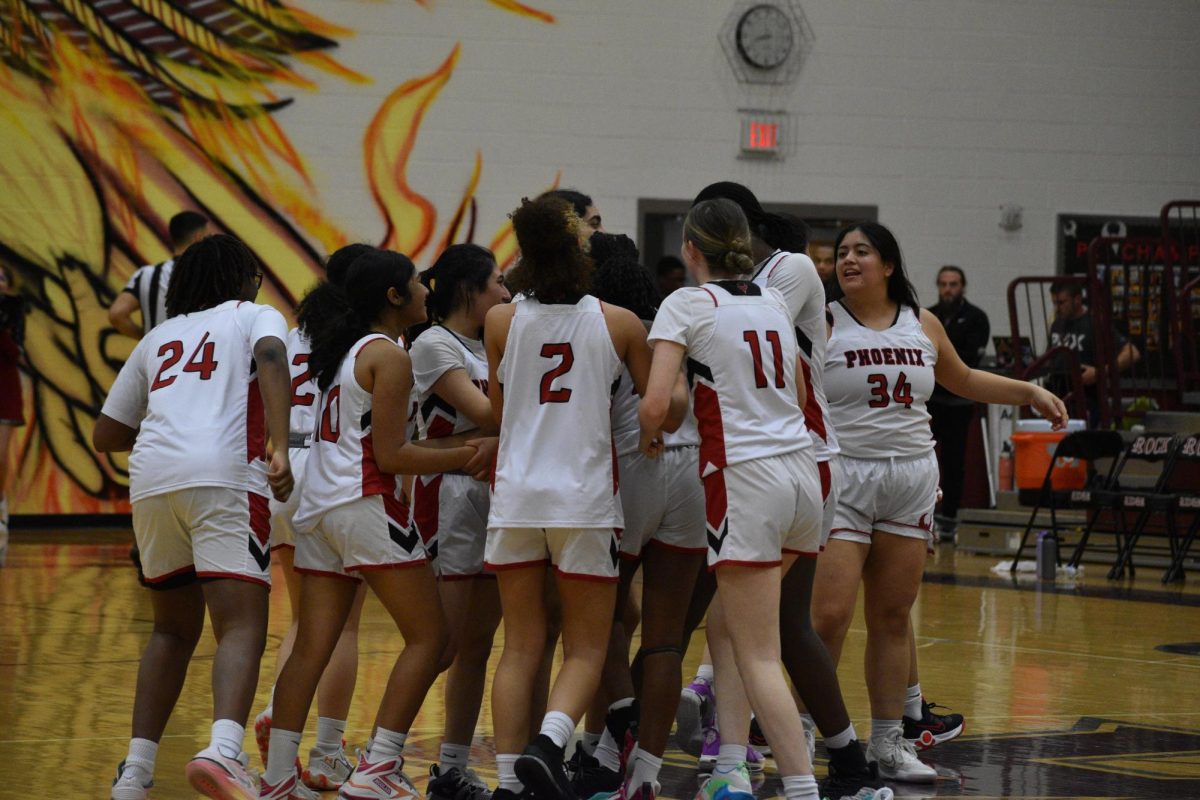
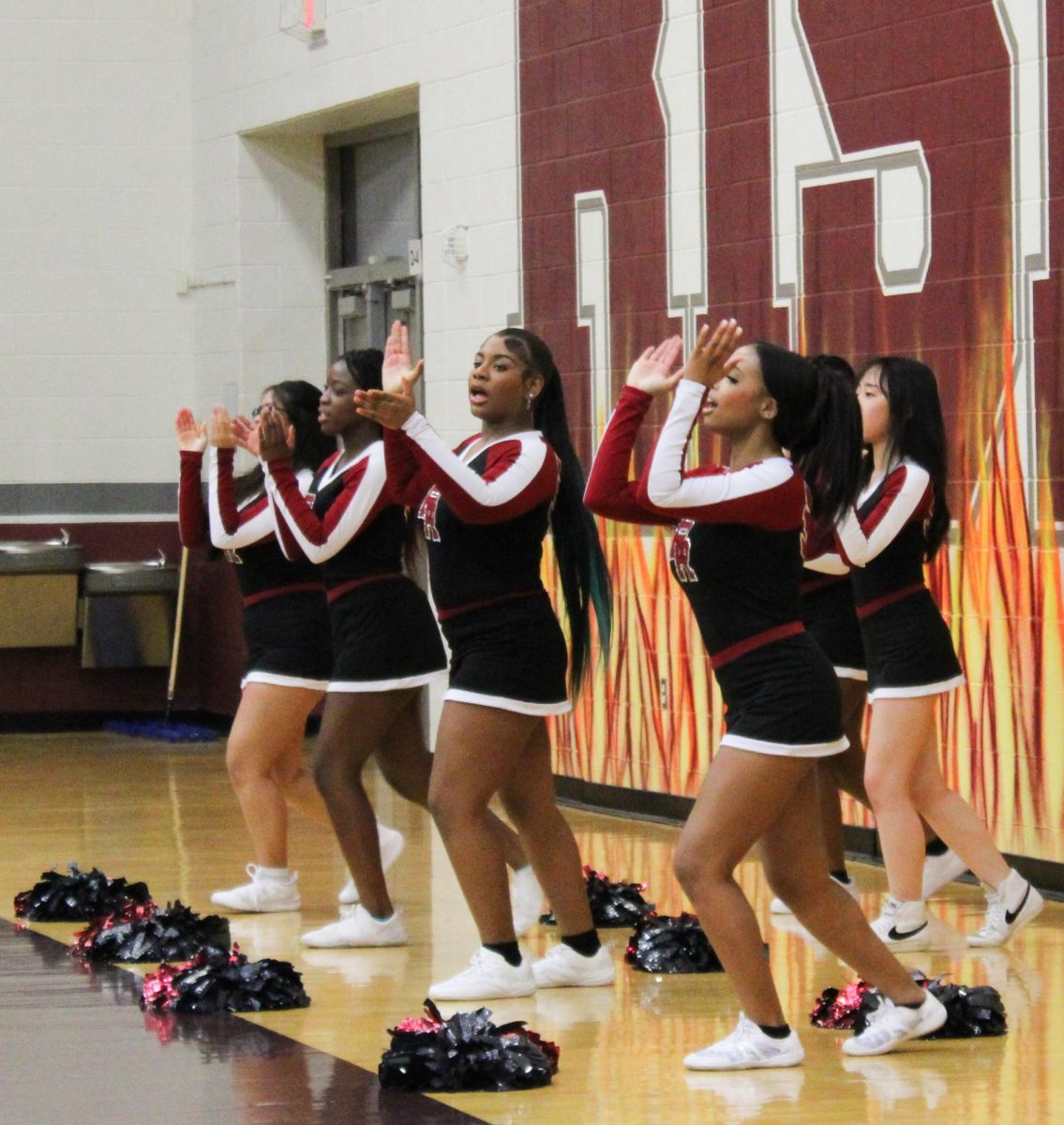
![As the referee throws the ball up for the tip-off, freshman Simone Diby leaps towards the ball to get it in Phoenix possession. Diby is a new member of the Phoenix girls basketball team, and despite it being a change, she finds it enjoyable. “It’s definitely a different experience if you’ve never played on a team, [but] I think it’s still fun.”](https://theblazerrhs.com/wp-content/uploads/2024/03/DSC_0057-1200x662.jpg)
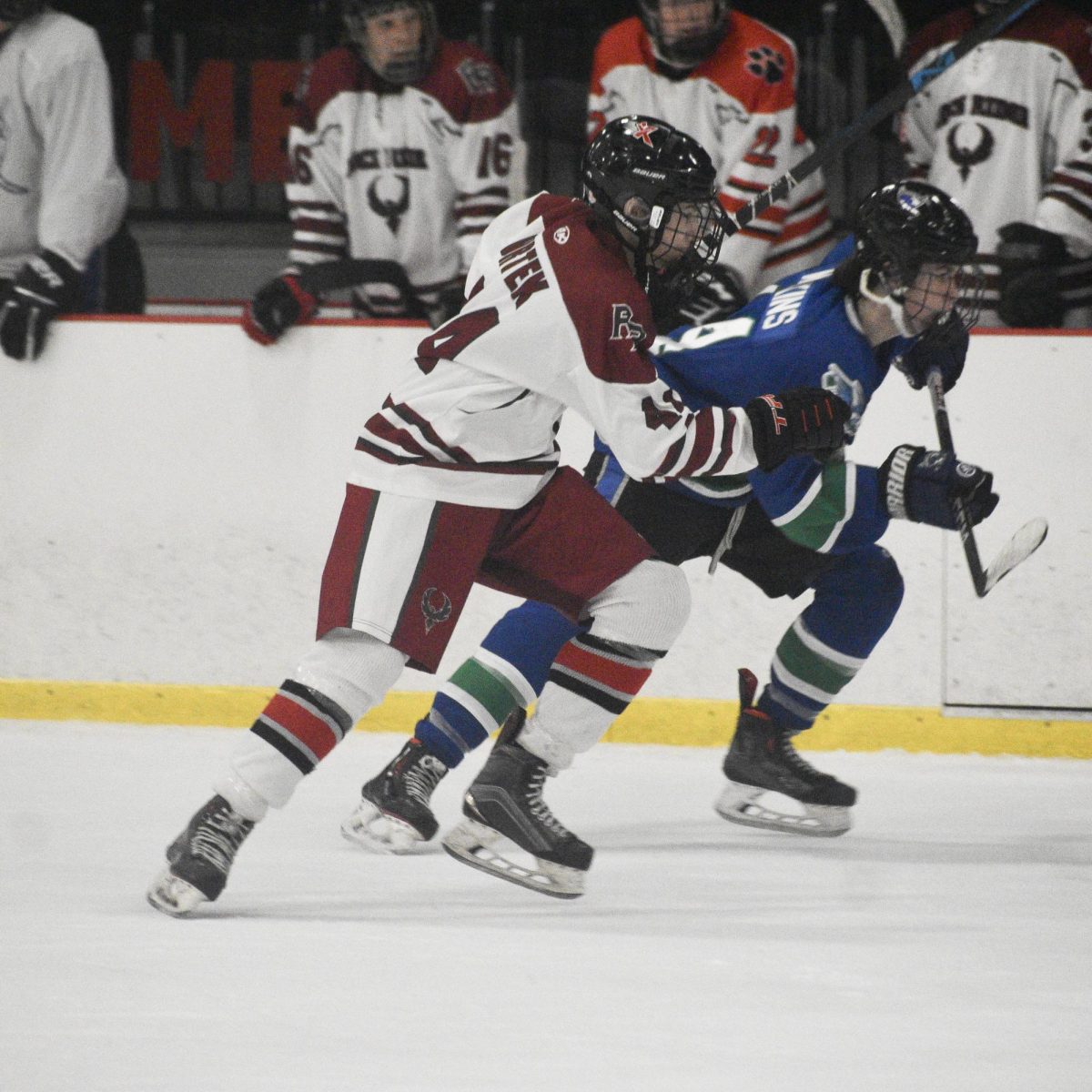

![With the energy and effort the Bolts were bringing to the game, the Phoenix had to step up and match them to make it through their first game of the season. Many of the girls on the team, including freshman Nazly Rostom, have been playing soccer since their childhood and have grown a love for the sport as a result. “It was fun to see how we actually played in a [real] game,” Rostom said. “Even though the outcome was not what we were hoping for, I’m still happy we got to play together.”](https://theblazerrhs.com/wp-content/uploads/2024/04/DSC_0154-1200x800.jpg)




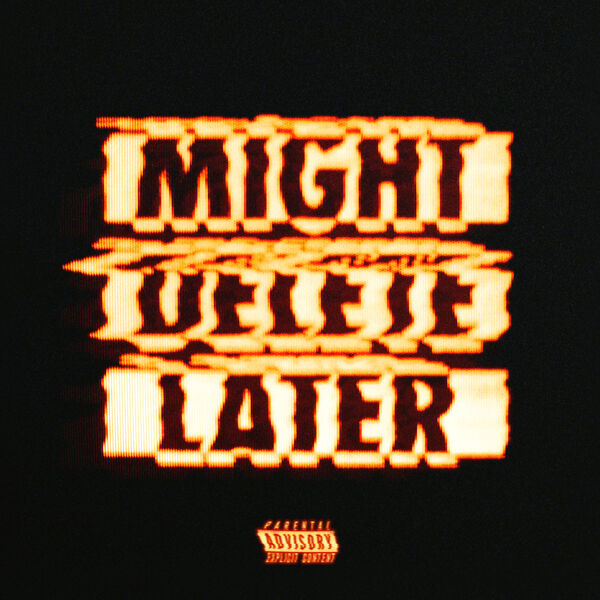

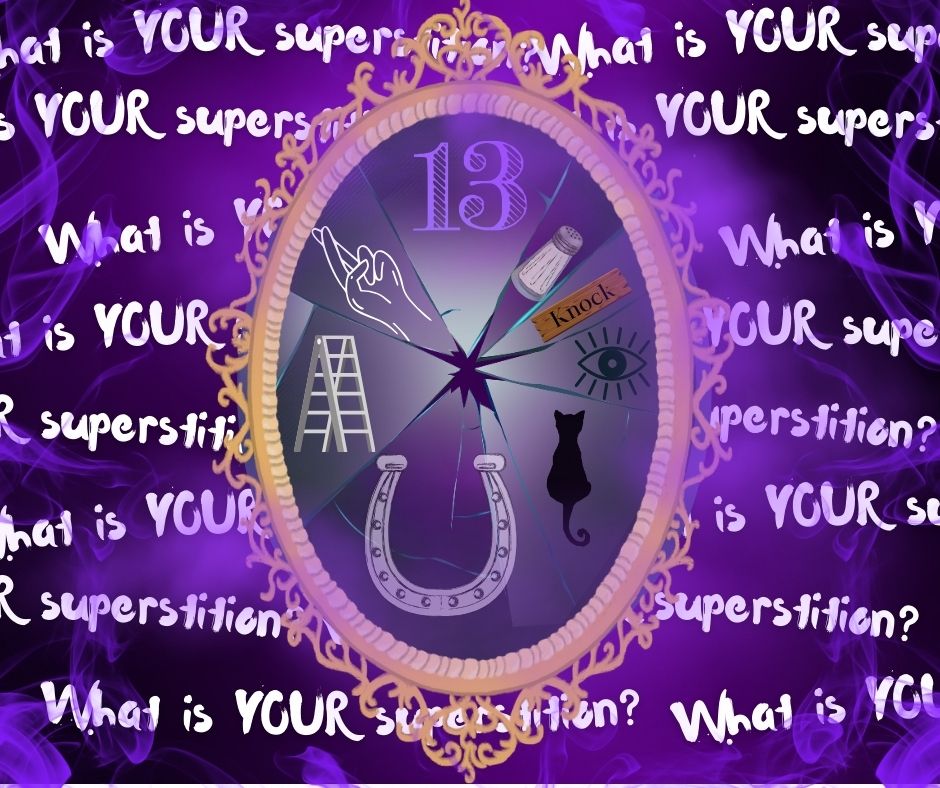
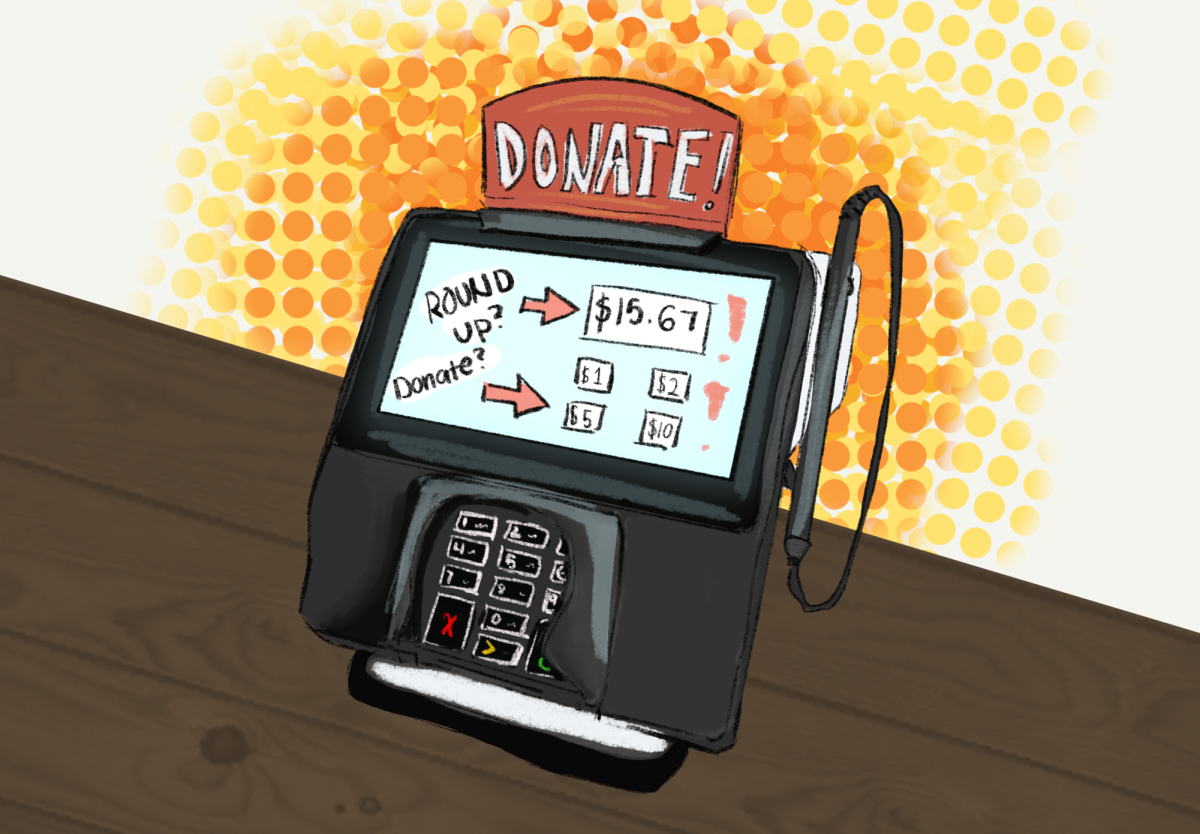

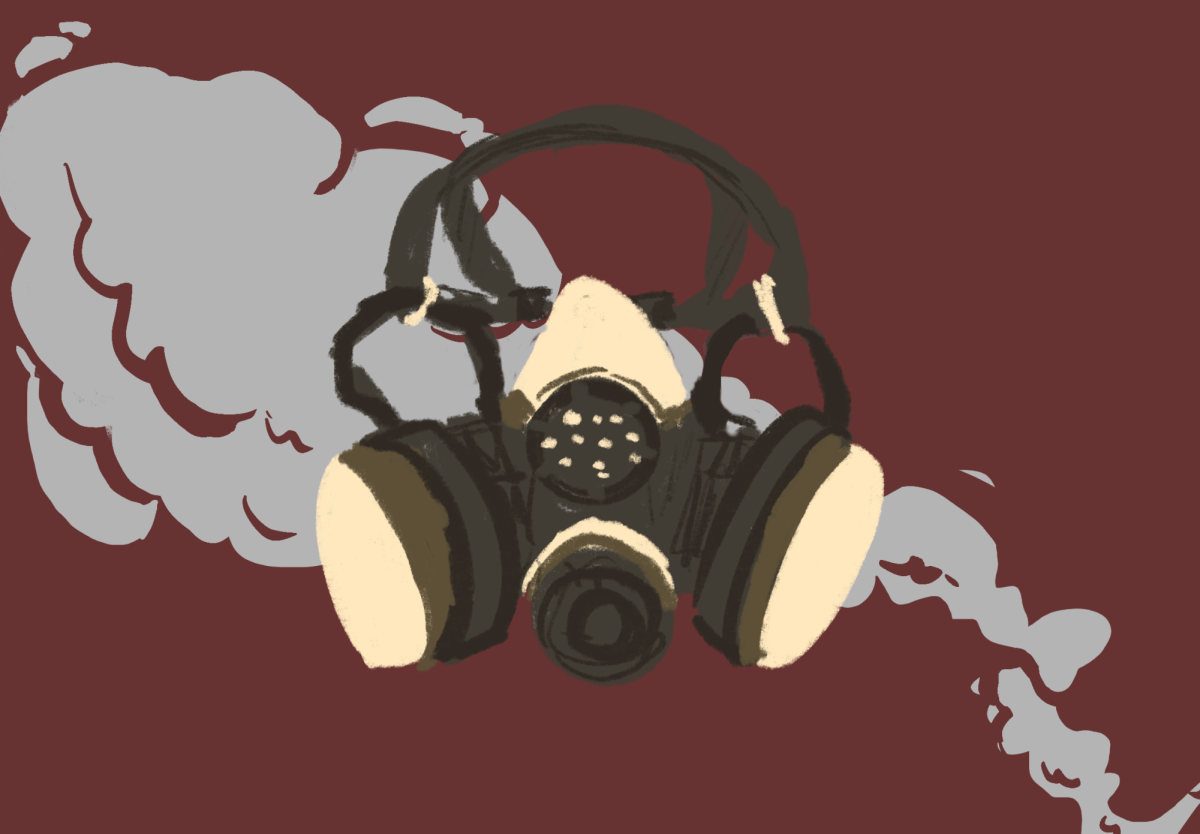
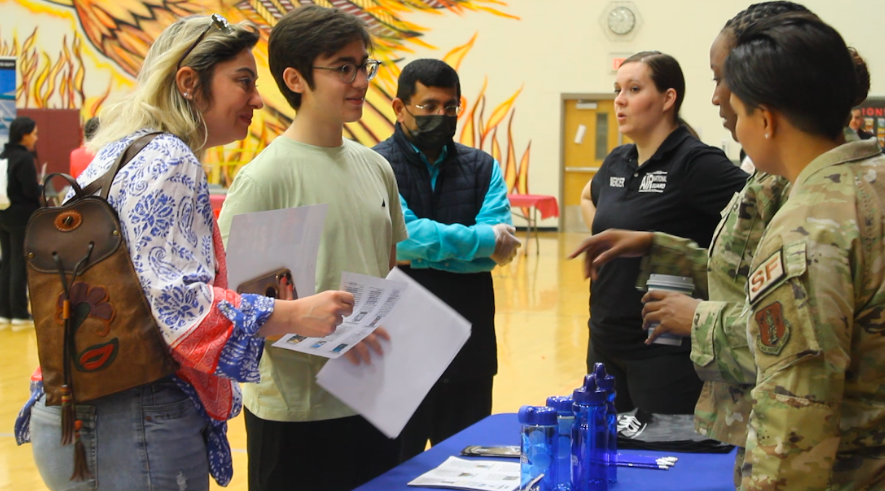


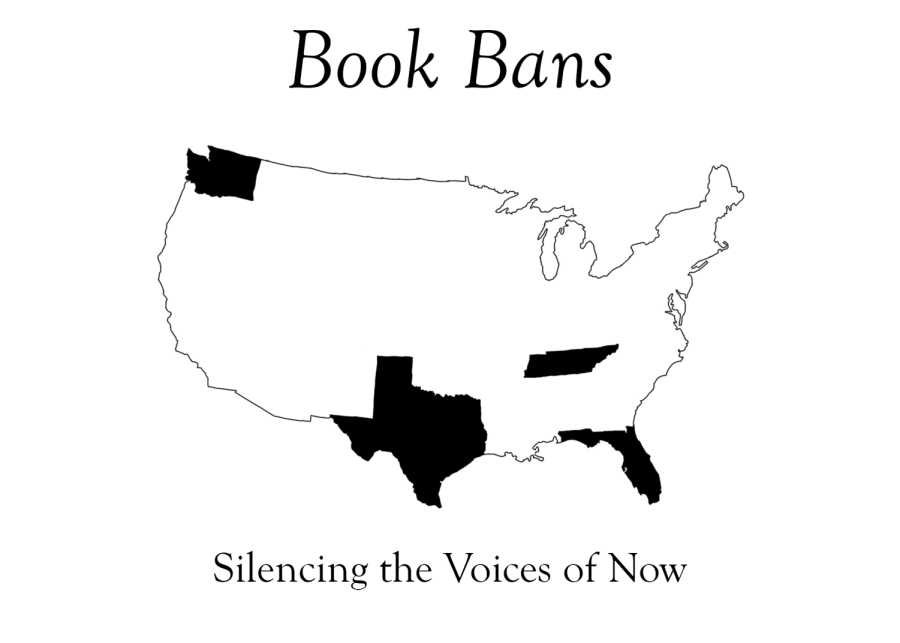



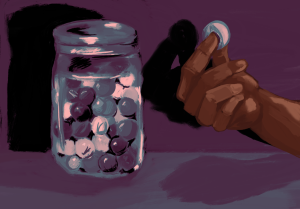
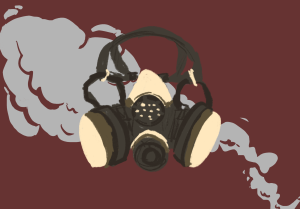
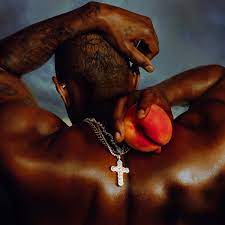



![After waiting, planning, and preparing for two years, Rock Ridge Performing Arts (RPPA) finally performed “Frozen,” a musical about two sisters — one human and one with powers –who face adversity together in order to protect each other. The first show was performed on Friday, April 26.
“Frozen” was highly anticipated by students, and for good reason. The “Frozen” movie was one of the most successful animated Disney films and had a lasting impact on younger audiences when it came out.
Due to its sheer popularity, the rights to perform “Frozen” as a musical are extremely difficult to attain, and only one school in each state gets the chance to do so per year. “There was a competition called ‘Fifty States of Frozen,’ and we submitted an application two years ago,” Anthony Cimino-Johnson, the director of RRPA, said. “We were accepted as the only school in Virginia to do the musical. [We had to include] set design, how many students, how many performances, [and] photos from previous productions. It was a competitive process.”
The cast and crew of “Frozen” acknowledged the privilege they had to be able to perform the musical. “It’s actually pretty cool to have permission for ‘Frozen,’” freshman Divitha Mathe, a background actress in the musical, said. “We have [one of] the biggest theater programs and we have been preparing for ‘Frozen’ for a long time. There is a really beautiful set and the costumes are so pretty. The actors and tech crew are doing an amazing job. If I would want to shout out to anyone, it would be Mr. CJ and Mrs. Hess because they are really pulling the show together, and I am glad to have them as my teachers.”
“Frozen” is still being performed today and tomorrow at Rock Ridge!
Click the link in our bio to learn more about RRPA’s “Frozen” production!
✏️ & 📷 by Ria Athreya, Rachel Bhardwaj, and Aline Gonzalez](https://theblazerrhs.com/wp-content/plugins/instagram-feed/img/placeholder.png)






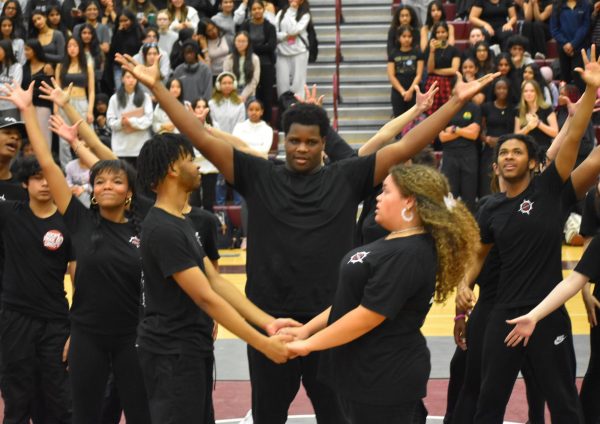
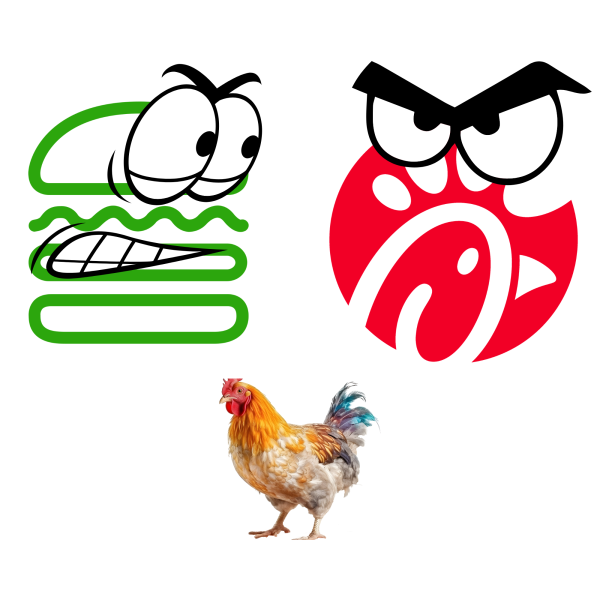


Abby • Apr 1, 2022 at 2:10 pm
Another great piece from superstar team Mars and Maddie!